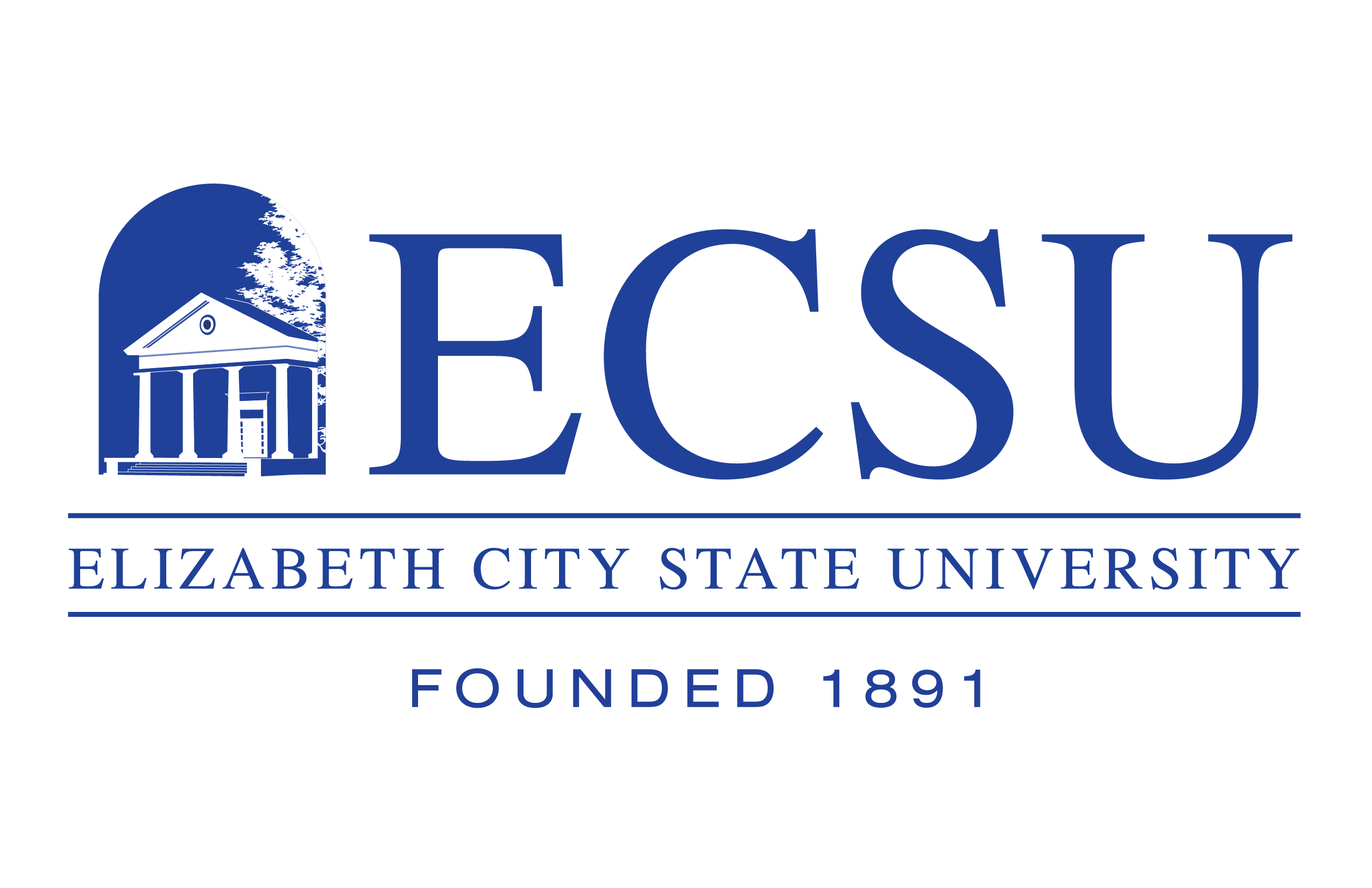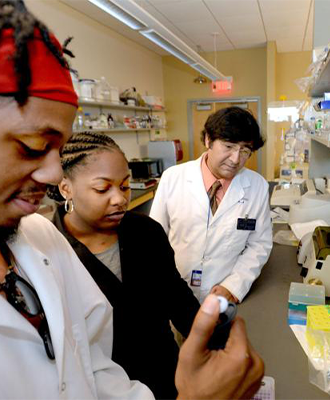Elizabeth City State University (ECSU) Department of Natural Sciences Professor Hirendra N. Banerjee, Ph.D., has been on the frontlines of breast cancer research for more than 30 years. His work spans from the Mayo Clinic to the Howard University Cancer Center to right here in Viking Land. He currently works with ECSU Pharmaceutical Science and Biology students, in graduate and undergraduate programs, to discover novel breast cancer drugs. Banerjee is also an honorary scientist at the Institute of Biomedical and Biotechnology Research in Gaithersburg, Md., sponsored by the University of Maryland and the National Institute of Standard and Technology. As part of Breast Cancer Awareness Month, Banerjee shared his expertise in the field with the Office of Communications and Marketing, to keep our campus, and the community at large, informed about best practices for early detection and treatment.
___
Explain the research you've done on breast cancer?
I did my Ph.D. on breast cancer research at Howard University Cancer Center. Since then, I’ve worked on breast cancer for more than 32 years. My specific interests are to understand why the breast cancer cells spread from the breast to different organs like the lungs, liver and bones. Most of my research has been done at ECSU, but I’ve worked at the Mayo Clinic, the University of Maryland Cancer Center, and Old Dominion University (ODU). At ODU for the last two years, we did breast cancer mice model research to test some novel anti-cancer drugs.
During this month, or any month, why is Breast Cancer Awareness important?
Breast cancer can be detected early and controlled. However, due to lack of awareness, the time span when breast cancer is diagnosed in some patients is at a very late stage. This is a problem that could be easily resolved by routine breast self-examinations and yearly mammograms. We support the World Health Organization (WHO) declaring October Breast Cancer Awareness Month to encourage breast health through early detection.
What are some of the things that people may presume about breast cancer that are not true?
Breast Cancer is not an infectious disease. It can be very well controlled if it is diagnosed at an early stage. Some types of breast cancer have a genetic etiology, or cause, and females with a family history can get genetically tested. There are many new diagnostic and therapeutic interventions available and breast cancer patients should be optimistic and follow the advice of their doctors.
From where can people get more information about a diagnosis, treatment, symptoms, etc.?
The general public can easily access the Internet and get information about a breast cancer diagnosis, prognosis and treatment opportunities from the National Cancer Institute, the American Association for Cancer Research, the American Cancer Society and numerous other independent support websites. Any person who suspects that they have a lump or cyst, or any kind of changes in their breast should immediately report to their doctor. That is the single most important thing women can do because some just tend to ignore signs and postpone getting an opinion.
What is your advice to women about self-exams and yearly mammograms?
Unfortunately, the rate of incidence of breast cancer has increased worldwide and especially among American women. Currently, 1 in 4 American women will be diagnosed with breast cancer during their lifetime. Scientists predict this rate could increase to 1 in every 2 American females. Henceforth, regular breast self-examination, yearly mammograms and following the doctor’s advice if diagnosed with cancer would be the best option for increasing survival rates.
What questions are best for the doctor if someone is concerned about their breast health?
Some forms of breast cancer are hereditary in nature. If a woman has history of breast cancer in their immediate family, like their mother or grandmother for example, they should consult their doctors and ask for genetic testing and counseling. If you do have the mutation, the only way to control it is continuous examinations, and maybe mammograms every six months instead of every year. Unfortunately, some cancers cannot be detected by self-examination and regular mammograms. Some are very deep, so ask about a 3D mammogram, which can scan deep tissue for the disease.
Are there any disparities present in breast cancer diagnoses, particularly as it relates to black women?
Yes. Unfortunately, there is a lack of medical care, diagnostic clinics and specialized hospitals to detect breast cancer early in rural America and inner cities. As a result, there’s definitely a disparity in African American females with regard to detection and treatment. There needs to be better availability of diagnostic and treatment resources. That would make a difference for African American females in comparison to other racial ethnicities. There’s a need for mobile clinic diagnostic vans to combat this social injustice. Someone may have to travel 100 miles to get a mammogram, so you must have better access to healthcare. That’s the only solution to reduce the disparities, in any form of cancer, in the minority population.

